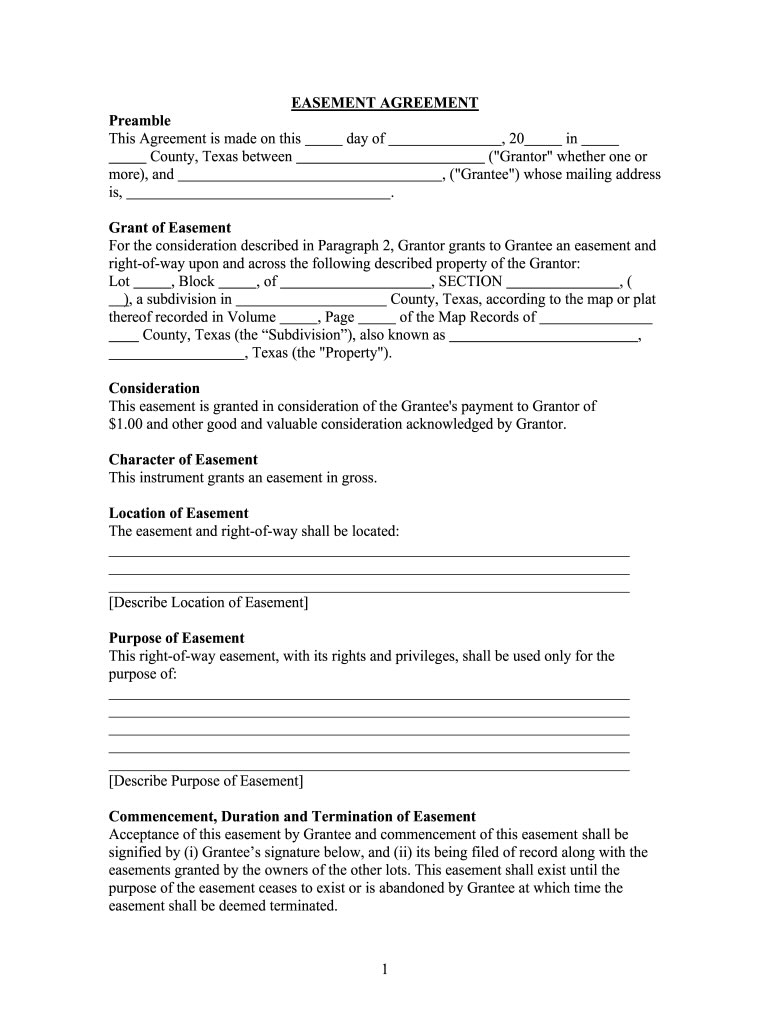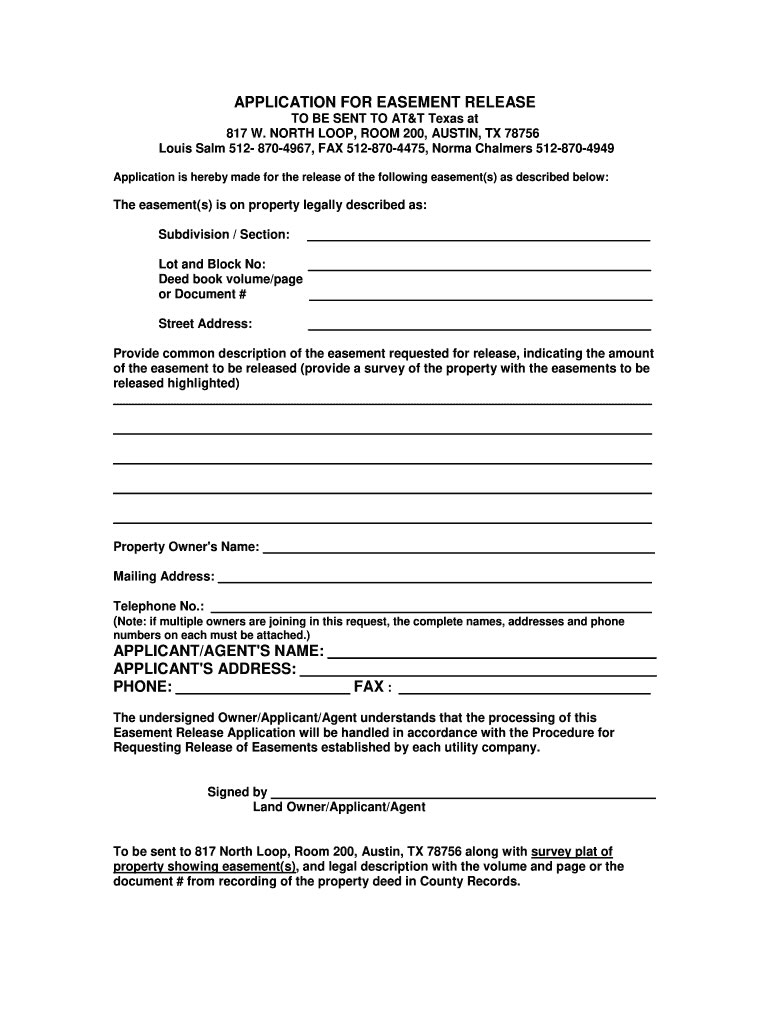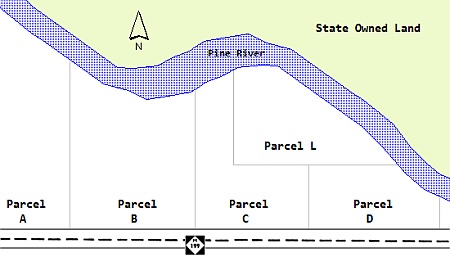Whether you’re a seasoned landlord or a new property owner, you may encounter a tricky issue in real estate: property easements. These legal agreements give an outside party access to the property and potentially complicate your ability to maintain full control over it.
That’s why I’m here to help you navigate through it—this guide has everything you need to know about property easements so you can be fully prepared for your investing journey. To learn more about easements and how they work, keep reading.
Key Takeaways:
- Property easements are legal agreements that grant a person or entity the right to use or access your property for a particular purpose.
- Easements can be classified as public or private and affirmative or negative.
- The most common types of easements include easement appurtenant, easement in gross, easement by prescription, and easement by necessity.
- Easements can be removed, except for easements by necessity.
- Find an easement on a property by exploring your local assessor’s office, county clerk’s office, utility companies, property search, or title search.
What Are Property Easements?
Let’s start by defining what an easement on a property is. Simply put, a property easement is a legal agreement granting a person or entity the right to access your property for a special purpose. In exchange, the owner may request compensation for the easement on the property. Despite holding the right to use a property, easement holders do not own it—they just have permission for the certain intention outlined in the agreement. So, think of it as a way of sharing a part of your property without handing over ownership.
Property easements allow your neighbors or other outside parties to use a part of your property for a purpose.
(Source: Adobe Stock)
For example, let’s say you need to permit a neighbor the right to access a shared driveway or install utilities such as power lines or water pipes in your land. This type of easement on a property showcases how these legal arrangements can facilitate shared resource usage while maintaining the property owner’s rights and ownership.
Common Types of Property Easements
Along with the general definition of what an easement on a property is, there are also multiple types of property easements, each of which can be classified as either public or private, as well as affirmative or negative. A private easement grants specific land-use rights to certain individuals, while a public easement extends these rights to the general public. An affirmative easement allows a person to carry out particular activities on the property. In contrast, a negative easement prohibits such activities.
Every type has unique circumstances that can result in different conflicts. If the property you’ve invested in has an easement, it’s essential to know the type to determine your rights and entitlements.
In legal terms, “appurtenant” refers to something that comes with something else. So, in the case of an easement appurtenant, the easement is not just a temporary part of the property ownership agreement but is legally connected to the property itself. This means it is a permanent feature of the property that stays with it no matter who owns it. Furthermore, it automatically transfers to any new property owner along with the title.

An easement appurtenant may be linked to your property if it has access to a path leading to a public facility.
(Source: Adobe Stock)
Example: Suppose you buy or sell a property with access to a walking trail or a path leading to a public facility (like a beach or a park). In that case, the new property owner must allow people to use this trail or path through their property to enter these public facilities. Even if the property changes owners, the easement is not impacted by the change of ownership because it is attached to the property itself.
While an easement appurtenant is linked to the title or property, an easement in gross is linked to a specific person or entity. Imagine it as a “permission slip” that enables someone to access your property for a particular intention. This easement is typically permanent and can only be terminated upon the death of the person who holds it or if the property is sold.
If the property is sold, the new owner can accept or reject the easement. However, if an easement on a property is granted to a public entity, such as a utility company, the owner may face legal action if they deny it. Although it is possible to transfer the easement to new owners, the easement holder cannot transfer their right to someone else. Someone else must apply for a new easement if they want to use the property.

Utility company workers may need admission to your property to repair or maintain cable lines. (Source: Adobe Stock)
Example: Suppose you have a pond on your property. Your neighbor may be granted an easement in gross so they can have permission to fish in that pond. When you transfer the property to a new owner, they have the option to accept or decline the easement in gross.
An easement by prescription, also known as a prescriptive easement, is created when a person has continuously used someone else’s land as if they had a right to use it. This type of easement requires that the non-owner has already used the property openly and notoriously for a long time. It is important to distinguish this from adverse possession, which grants legal title rights to someone who occupies and uses someone else’s land without permission.

Your neighbor has been consistently parking in your driveway for an extended period. (Source: Adobe Stock)
Example: Suppose your neighbor has been consistently parking in your driveway without your consent, and you don’t take any action to stop them. Unfair as it may sound, this continuous, unauthorized use of your property could eventually give them a legal right to access it in accordance with the easement property law. The court might interpret your failure to intervene as a form of concession.
If you find someone repeatedly trespassing on your property, promptly address the situation. Failing to do so could lead the court to grant your neighbor a prescriptive easement and allow them continued admission to a part of your property. Taking swift action is key to protecting your property rights in such situations.
An easement by necessity is a legal right permitting an individual to access your property when they have no other alternatives. In such cases, property owners cannot block this easement or remove it. However, the need for such authorization must be extremely high. According to property easement laws, simply wanting to take a certain route is not enough if other options are available, even if those are more challenging or costly.
Parcel L is landlocked and can obtain an easement by necessity to cross Parcel C or D to access the main road.
(Source: Outside Legal Counsel)
Example: Suppose your neighbor’s property doesn’t directly connect to the main road, and the only passage to the road is through your property. In such a situation, an easement by necessity would be created, giving your neighbor the right to cross your property or your driveway to access the main road. As a property owner, you cannot refuse such an easement because it would cause an unnecessary burden to your neighbor and would negatively impact their right to use the main road.
How to Find an Easement on a Property
When buying a home, you’ll review disclosure documents containing information about factors that could impact the home’s value or enjoyment. Sellers are legally obligated to reveal any existing easements on the property, ensuring transparency when considering buying a property with an easement.
Alternatively, you can explore the local assessor’s office, the county clerk’s office, or conduct a property or title search. These can help you find property easements and make informed decisions about your prospective investments and investment plans.
How to Create Property Easements
Knowing the different types of property easements becomes paramount when considering the potential necessity of establishing an easement with an external party. If you own a property and you need to establish an easement with an outside party, an easement on a property can be created in three ways:
- Express easement: Two parties agree, then create and sign a legal document outlining the specifics. An attorney’s assistance is recommended for this.
- Implied easement: A less formal agreement where both parties agree to a common-sense usage, but it’s not documented. However, it’s always better to create a formal express easement instead of an implied one.
- Easement by necessity: Created when one party has no other option but to use another’s property.

Draft of a property easement agreement (Source: SignNow)
How to Remove Property Easements
If you want to remove an easement from your property, remember that the process may not be straightforward. According to the Natural Resources Conservation Service easement program data, out of the 24,531 easements in the U.S. that have been closed, 86.9% of them have been made permanent as of 2024. Some easements may be easier to remove than others, especially those with expiration dates. It’s crucial to avoid interfering with an ongoing easement while attempting to remove it.
- Easement appurtenant: You can end this easement by reaching a formal written agreement with the other party. However, it’s worth noting that the other party may not agree to end the easement, which could result in legal action.
- Easement in gross: This type of easement on a property can only be terminated when the individual who holds the easement passes away or formally agrees that it is no longer necessary. If the easement was already in place when you acquired the property, you may need a court order to terminate it.
- Easement by prescription: Similar to easement appurtenant, you can also end this type of easement by reaching a formal written agreement with the other party. However, the other party may not agree and may take legal action.

Sample of an application for easement release or termination
(Source: pdfFiller)
Frequently Asked Questions (FAQs)
An easement on a property is a legal right that allows someone to use a portion of another person’s property for a specific purpose. This can involve a shared driveway, a path for utility lines, or a shared access road. The terms of an easement are typically spelled out in a legal document and can include restrictions on how the easement can be used and who is responsible for maintaining it. If you have an easement on your property, it’s important to understand the terms of the agreement and your rights and responsibilities under the law.
The most common type of easement is an affirmative easement, which allows for privileged use or a right of way over another piece of property. This type of easement may include easements appurtenant and easements in gross.
A landlocked property can have an easement. Landlocked means that a piece of property has no direct access to a public road or highway. If a property is landlocked, the owner may buy a portion of the neighbor’s property or obtain an easement from an adjacent property owner to cross their property. This can be done through negotiation or legal action. We recommend consulting with a real estate attorney if you are dealing with a landlocked property in your area.
Bottom Line
Property easements aren’t necessarily a bad thing. In fact, many types of easements can offer benefits to both the owner and the easement holder. However, they can also limit property rights and lead to potential complications. To safeguard your real estate investment, conduct thorough research on your property to identify any easements it may have and to understand your rights as the owner.
